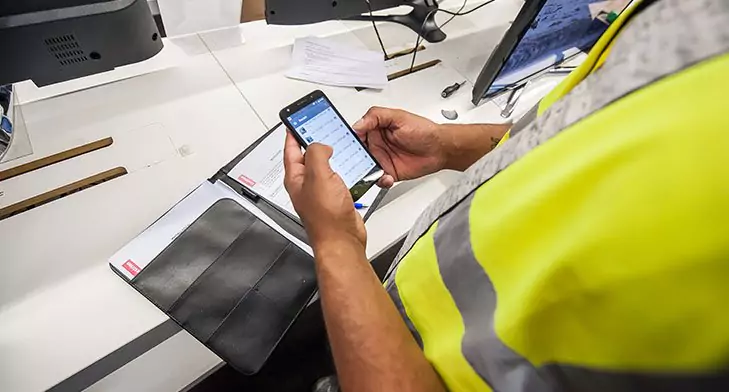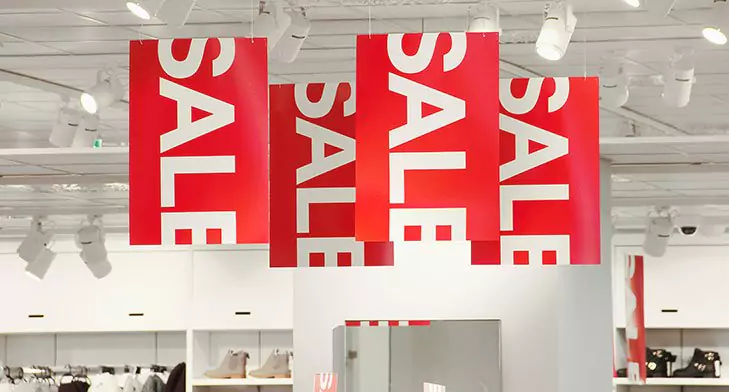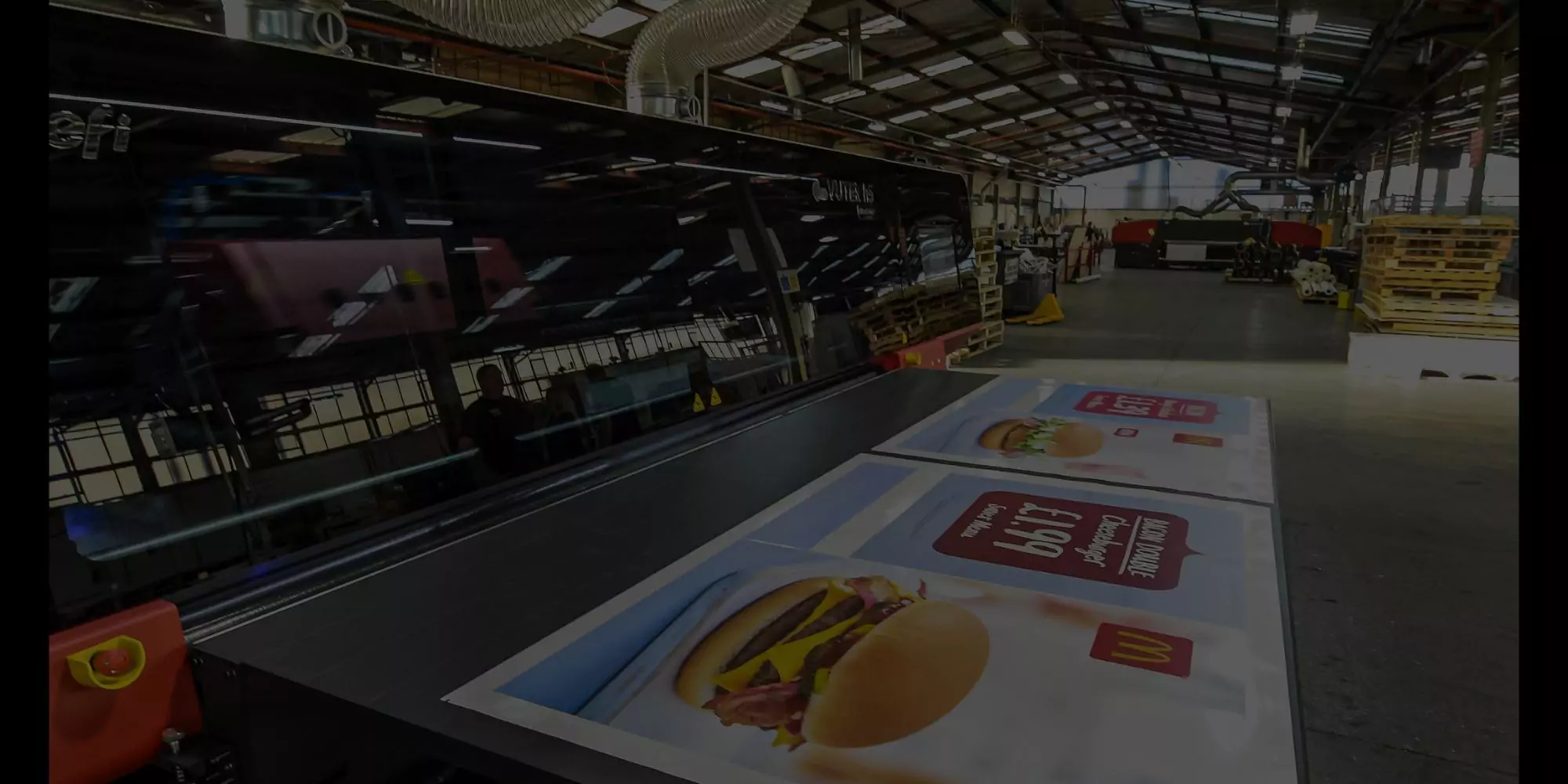
Installing point-of-sale displays takes a lot more planning than you might imagine. From site audits to set-up schedules, here’s Cestrian’s summary of the most important factors.
Store displays are vital to any positive retail experience – but they don’t appear by magic. Whether it’s wayfinding signage, background branding or a new campaign, the installation process can be complex and demanding; especially when you’re working to tight deadlines.
With this in mind, the Cestrian team has put together our top six considerations for point-of-sale installation projects, so keep reading for useful insights. You can also take a look at what we did for Dixons.
See Our Retail Installation For Dixons
Six essential considerations for installing retail displays
- Time planning – Is your business rebranding? Or are you launching a new product, or seasonal campaign? In either case, once you’ve allowed time for concept development, design and manufacturing of displays, you also need to consider how long it will take to get materials on-site, then set them up. And, of course, you need to decide when the installation will take place, to minimise disruption for customers. Communication with store managers and other parties is extremely important.
- Initial analysis – Want to know more about the possibilities? A store audit could provide you with crucial information about your store (or an entire estate of stores), such as dimensions, assets, footprints and potential challenges.
- Multi-location rollouts – Does your business have outlets all over the UK or EMEIA, which all need to be updated around the same time? We recommend undertaking a trial fit-out in one store first, to identify any unanticipated challenges or opportunities – then a step-by-step guide can be finalised for use across the rest of the estate.
- International differences – Do you know the laws, regulations and traditions relating to installation practices in different countries? We advise gathering as much local (and national) knowledge as possible, during the planning process.
- Future-proofing – Do you expect to change graphics at a later date – possibly multiple times? This could be whenever the next season rolls around, or for sudden mid-season sales (which also means thinking about signage that can be easily stored). Some types of display can make this process much smoother. For example, a tension fabric system uses lightweight aluminium frames that can be dressed with interchangeable fabric graphics.

- Managing the process – Want to monitor progress while an installation takes place? Tracking software that allows live reporting is invaluable, as installers can log start times, questions and photographs of completed work. This is particularly useful if you have multiple installations taking place across a region, nation or even continent.
It’s a lot to think about – so why not get an expert installation team to do the thinking for you? And the doing, too. Not only do they know exactly how to set up every type of display – tension fabrics, lightboxes, hanging boards, window graphics and free standing display units (FSDUs) – but they can also coordinate across sites to maintain consistency.
Cestrian’s specialist installation professionals are based throughout the UK or EMEIA, so wherever you are and however many stores you have, we can provide an outstanding level of customer service. Plus, our highly skilled retail team has a wealth of experience in managing a wide range of different projects, from site surveys to complex installations.



